Movie Review – Star Trek: Section 31
Principal Cast : Michelle Yeoh, Omari Hardwick, Sam Richardson, Robert Kazinsky, Kacey Rohl, Sven Ruygork, James Hiroyuki Liao, Humberly Gonzalez.
Synopsis: Emperor Philippa Georgiou joins a secret division of Starfleet tasked with protecting the United Federation of Planets, and must face the sins of her past.
********
I’ve been sitting with my thoughts on Star Trek’s latest “feature film,” a direct-to-streaming event subtitled Section 31, for a few days now. I’ve been struggling with trying to find the positives out of a very, very inadequate film. The latest feature film for the franchise is an obvious patchwork of what feels like a miniseries whose episodes have been stitched together, Frankenstein-style, into a cinematic format. Section 31 is a ghastly deviation from Gene Roddenberry’s utopian, aspirational vision, lacking both the coherence and tone of previous instalments in the Star Trek franchise.

Fronted by action star Michelle Yeoh—who stumbles through this mess like the kickass, ice-cold warrior fans enjoyed in her brief stint on Discovery—Section 31 plays like a rejected Suicide Squad script. It’s a painfully mediocre heist plot awkwardly and regrettably wedged into the Star Trek universe, drowning in atrocious action sequences, nonsensical character arcs, and vapid, asinine humour. As a fan of Star Trek: Discovery, I had hoped for something worthy of Yeoh’s talents. Instead, she’s been saddled with this tepid Rebel Moon knockoff, which only reinforces how little Paramount and its current production overlords understand this franchise—spoiler: they don’t. What they have delivered is one of the worst things ever made under the Star Trek banner.

Yeoh reprises her Discovery role as Emperor Phillipa Georgiou, a sociopathic, fascistic dictator and galactic mass-murderer from an alternate universe where the Terran Empire rules all. Through events depicted in Discovery, she has ended up in our universe, where she is recruited by a shadowy Federation group known as Section 31—essentially a “suicide squad” of misfits and renegades tasked with handling missions too dirty for Starfleet captains to soil their uniforms over. The team consists of their leader, Alok (Omari Hardwick), an enhanced human from the 20th century (for reasons unexplained); a man living in a mechanical exoskeleton (Robert Kazinsky); Rachel Garrett (Kacey Rohl), a Starfleet science officer transferred for “bending the rules”; and Quasi (Sam Richardson), a shapeshifting chameloid who serves as the film’s grating comic relief. Rounding out the group are the microscopic Fuzz (Sven Ruygrok), an alien piloting a Vulcan robot suit (don’t ask—it’s a Men in Black gag gone terribly wrong), and Melle (Humberly González), the obligatory “sexy” Deltan. Together, they must stop Georgiou’s former lover, San (James Hiroyuki Liao), from detonating a quadrant-destroying device that threatens half the galaxy.

The problem with trying to reinvent the wheel is that, in almost every respect, the wheel is already a perfect invention. Attempts to improve it are often futile. Sadly, Star Trek—one of the last remaining Hollywood franchises to mostly avoid the wrath of disgruntled fans—finds itself attempting to reinvent its own DNA with Section 31, straying into a tired, uninspired narrative style far removed from the bridge of the Enterprise and the classic sense of exploration. If Section 31 were to Star Trek what the Mos Eisley Cantina is to Star Wars—a hive of scum and villainy—perhaps it could have worked. Instead, its central plot is too weak to sustain even a television episode, let alone a feature film. The story is a cut-and-paste job of generic heist tropes, populated by characters that lack the depth or writing necessary to make them engaging.
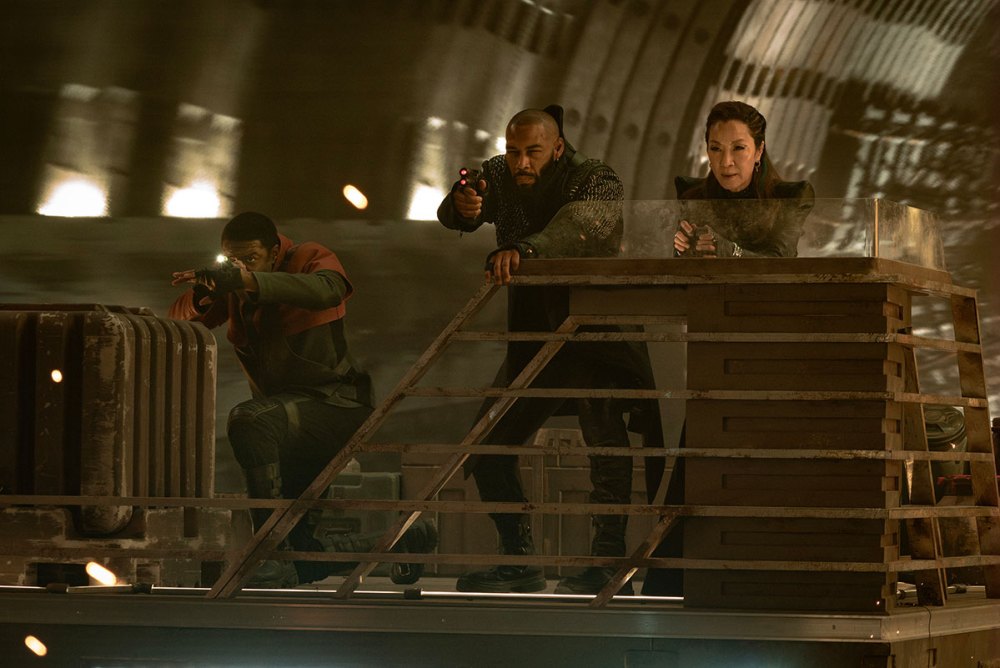
Creative overseer Alex Kurtzman seems hell-bent on pushing Star Trek into the JJ Abrams school of filmmaking—a hyperactive, lens-flare-heavy aesthetic that resembles a knockoff Transformers film rather than anything from the Rick Berman era. For all his faults (and they were numerous), Berman at least kept Star Trek largely aligned with Roddenberry’s utopian ideals. Kurtzman, given carte blanche by Paramount and CBS to transform Star Trek into a big-budget franchise competing with Marvel and Star Wars, has instead dragged it into the realm of mindless action pulp. If Section 31 is any indication, my worst fears for the future of Star Trek are now materialising before my eyes.
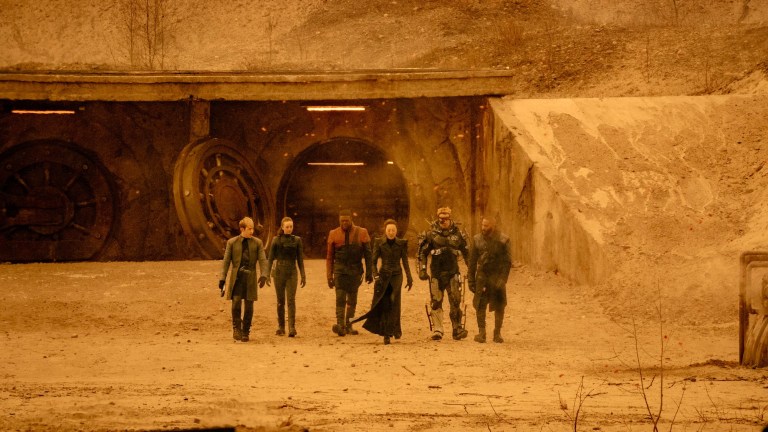
Written by Craig Sweeny and directed by semi-regular Discovery helmer Olatunde Osunsanmi, Section 31 mimics the frantic, chaotic style of both the Abrams films and recent television entries like Strange New Worlds. However, unlike those properties, it makes the mistake of giving us protagonists who are neither relatable nor particularly interesting. Gone are the spacefaring adventures of Kirk, Picard, and Janeway. Instead, we get the overwrought scheming of one of Discovery’s most memorable villains, trapped in a B-grade plot that collapses under the weight of its episodic, disjointed structure. It’s painfully obvious that Section 31 was originally earmarked as a television series, with individual episodes haphazardly stitched together to resemble a feature film. The result is a jarring experience filled with inexplicable contrivances, awkward cut-to-black transitions, and a pacing rhythm that lurches from one moment to the next like a malfunctioning holodeck program.
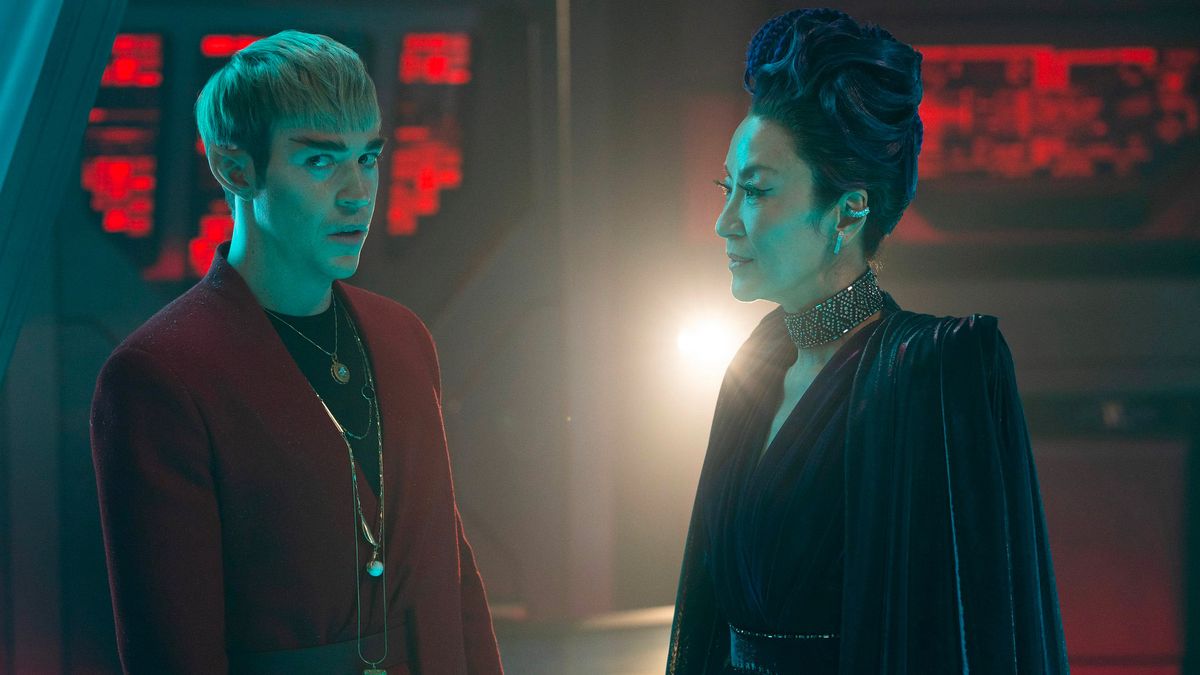
Yeoh, to her credit, seems to be having a good time, as do most of the cast. But none of these characters feel genuine—except, perhaps, Richardson’s delightfully weird Quasi. The rest are hastily assembled archetypes that lack the depth needed to invest in them. Watching Section 31 feels like watching a child mash their action figures together in a sandbox, making up the story as they go along. Georgiou, supposedly one of the most dangerous sociopaths in the galaxy, suddenly finds herself imbued with a moral code eerily similar to that of a traditional “good guy,” further eroding any sense of consistency in her character.
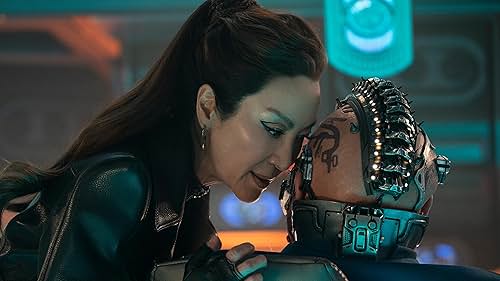
Working in its favour, though, Section 31 boasts some impressive practical makeup and costuming, and the visual effects are occasionally jaw-dropping. The production budget allows for tangible, physically built sets rather than an overreliance on green-screen environments. Yet, despite these efforts, the film feels strangely small in scale. Previous Star Trek feature films transported audiences to vast new worlds and epic galactic conflicts; Section 31 is largely confined to a handful of unmemorable locations, reducing its impact and undermining its supposed grandiosity.
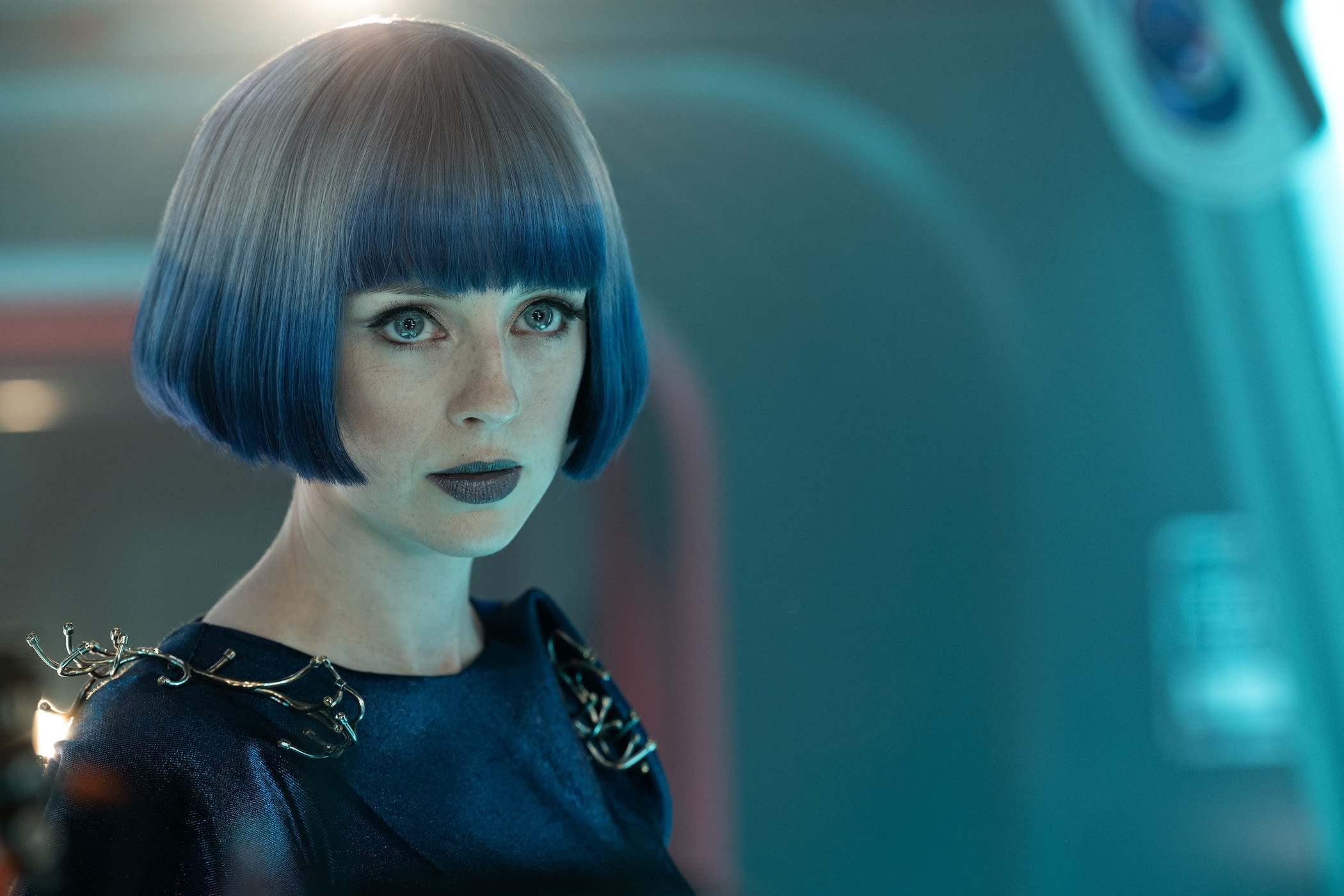
Action sequences are rendered nearly unwatchable due to an onslaught of shaky-cam and headache-inducing editing. While a few visually striking shots manage to break through the chaos, the overwhelming sense of disarray makes it difficult to stay engaged. The film is exhausting in its relentless attempt to manufacture tension, offering no respite from the technobabble-laden nonsense and anarchic team dynamics. Even the musical score, which briefly flirts with recognisable Star Trek motifs, Section 31 fails to evoke any genuine nostalgia or emotional investment. Instead, it serves as a cruel reminder that while this film bears the Star Trek name, that’s about the only thing it has going for it.

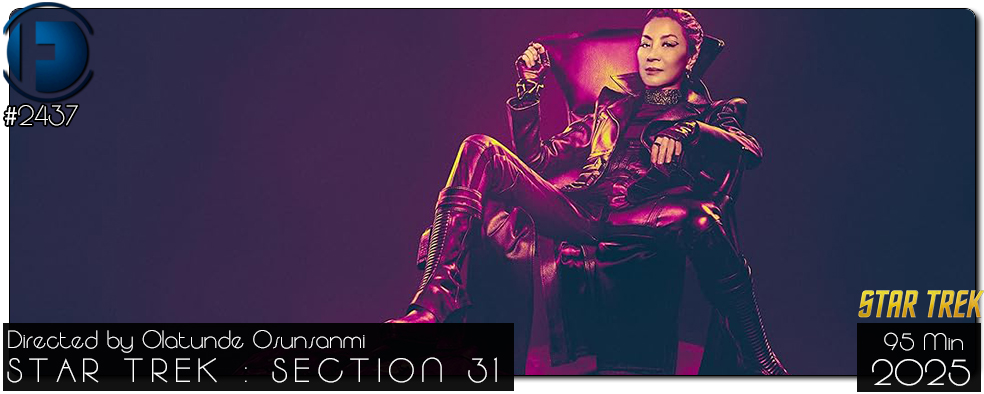
For some reason, I really enjoyed Star Trek: Section 31.
I do agree that it has an immense amount of flaws and mediocre writing… sadly.
I appreciate seeing a different perspective on ST 31 on your site!